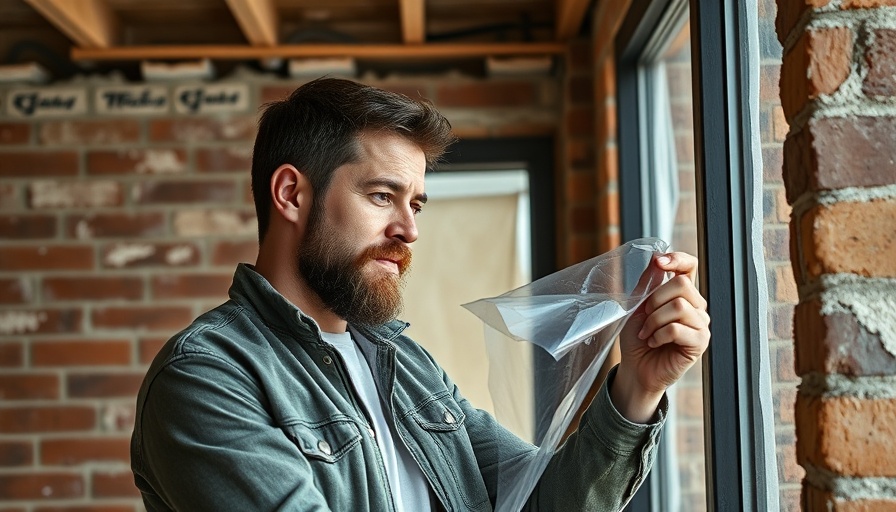
The Benefits of LoE Glass in Passive Solar Homes
Low Emissivity (LoE) glass is a game-changer for homeowners seeking to harness the power of passive solar design. By minimizing the amount of heat lost through windows while maximizing natural light, this innovative glass significantly enhances energy efficiency and indoor comfort.
How LoE Glass Works
LoE glass is coated with a microscopic layer that reflects heat while allowing light to pass through. This technology not only reduces the need for artificial heating during winter, but it also keeps interiors cooler in the summer. Homeowners report savings on energy bills after switching to LoE glass windows due to lower heating and cooling costs.
The Environmental Impact
Utilizing LoE glass is not merely about personal comfort; it's also an environmentally conscious decision. By decreasing energy consumption, homes equipped with LoE glass contribute to a reduction in greenhouse gas emissions. Therefore, opting for LoE glass aligns individual choices with broader environmental sustainability goals.
Integrating LoE Glass into Home Design
The integration of LoE glass should be part of a holistic approach to passive solar design. Strategic placement of windows—such as larger windows positioned southward—can significantly enhance solar gain, particularly in colder months. Planning the layout of a home to accommodate these features is crucial for maximizing both efficiency and aesthetic appeal.
Potential Challenges and Considerations
While LoE glass offers many advantages, homeowners need to be aware of certain challenges. Initial investment costs can be higher than traditional glazing options. However, the long-term savings on energy bills can often offset this initial expense. Furthermore, not all LoE coatings are created equal; understanding the differences is important for a successful implementation.
Future Trends in Sustainable Home Design
As the demand for energy-efficient and environmentally friendly homes continues to grow, innovations in materials like LoE glass are expected to evolve further. With advancements such as smart glass technology—windows that can adapt their tint based on sunlight—integrating various forms of glass into home design will create smarter, more energy-efficient living spaces. This indicates a promising future for adaptations in sustainable construction practices.
Conclusion
Ultimately, choosing LoE glass for passive solar homes represents a significant step towards reducing energy consumption while enhancing comfort and aesthetics. As awareness around the importance of such choices grows, homeowners are increasingly equipped to make informed decisions that also mitigate environmental impact.
 Add Row
Add Row  Add
Add 






Write A Comment